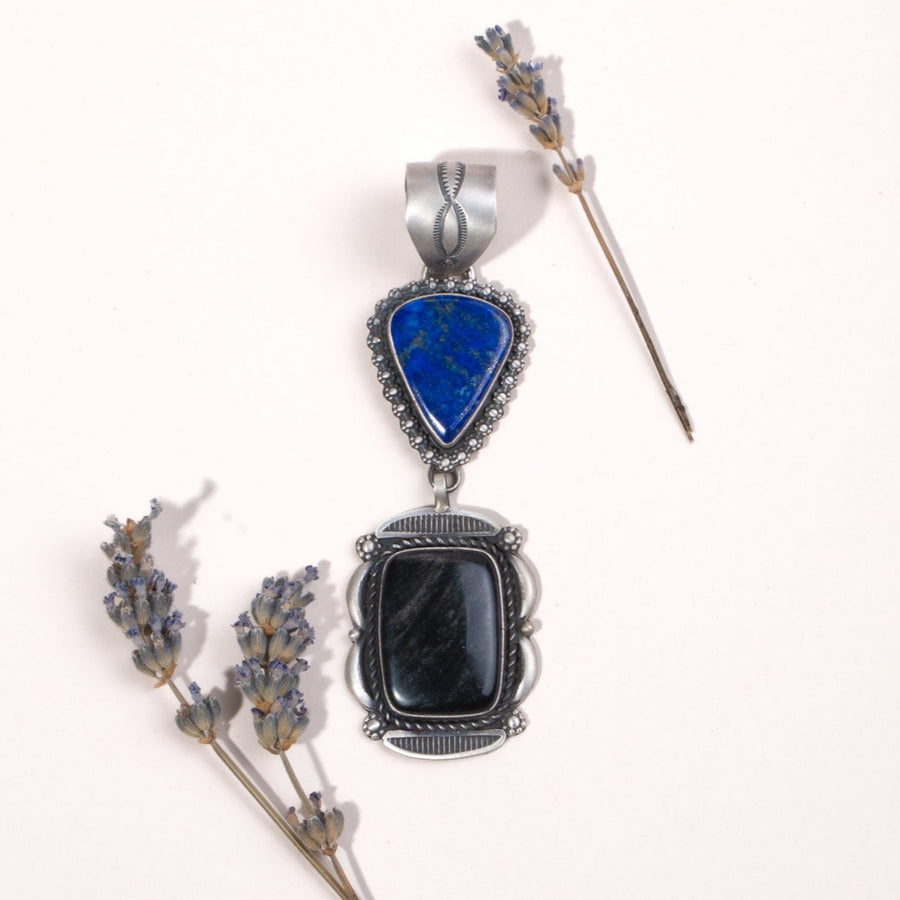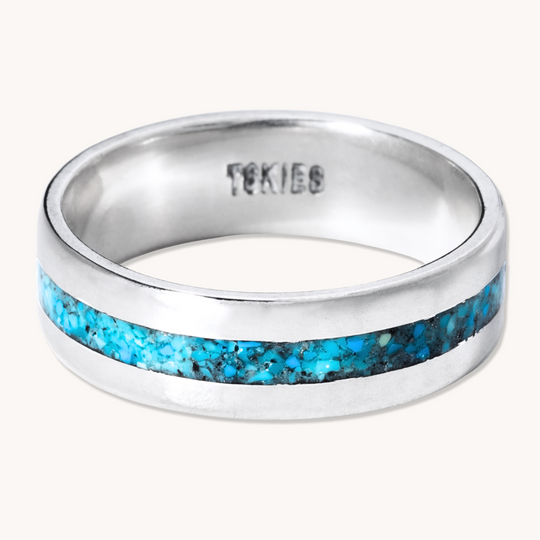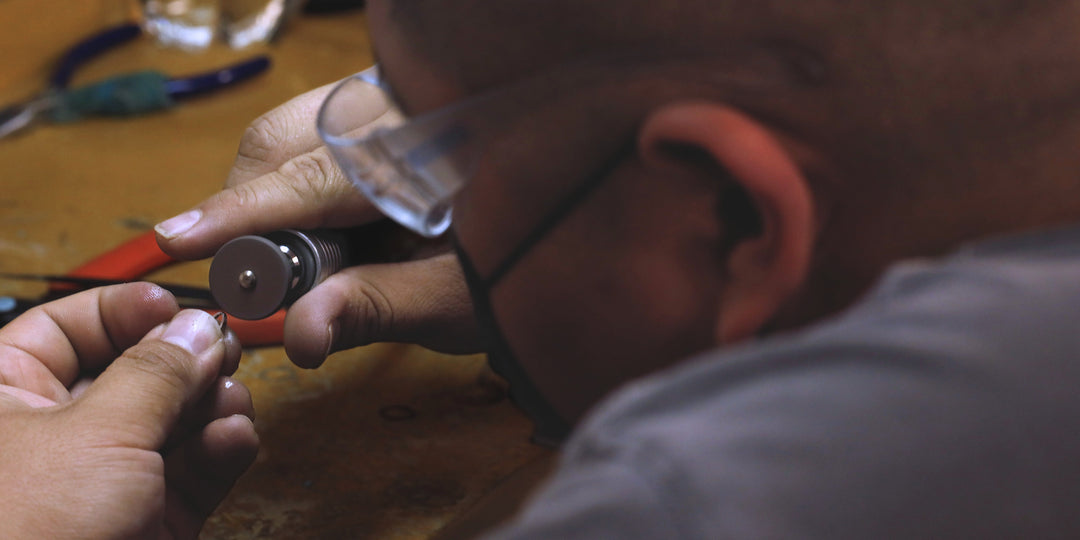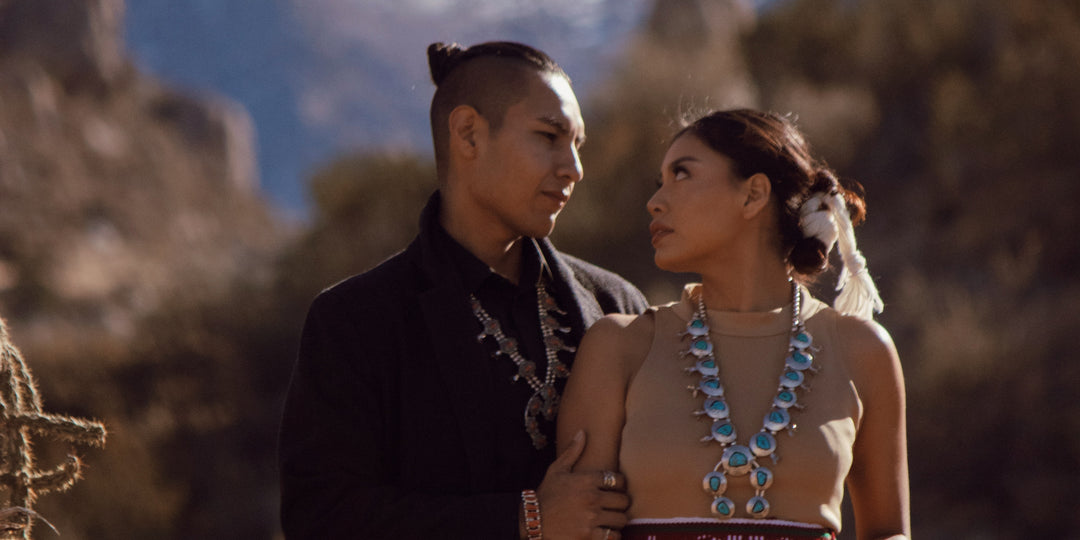Looking Back In Time on Hispanic Heritage Month

During this Hispanic Heritage month, we are going to explore New Mexico’s unique role in our country’s history. In 1540, the first Spaniards arrived in the state now known as New Mexico. This was the beginning of a long, tragic era of colonialism and conquest that ended one world for the Indigenous peoples of the Americas and began another. Of the many, many things that occurred as a result of this contact, this Hispanic Heritage Month we will be looking at the creation and legacy of a people embodying a unique heritage that blends Indigenous and European ancestry. The “Indigi-Hispano” people of the Southwest are the only people of their kind in the world and have populated New Mexico and influenced its culture for generations.
If you fast forward approximately 430 years from the Francisco Vasquez de Coronado army’s first appearance in present-day New Mexico you’ll find yourself immersed in the 1960s – a time of Martin Luther King Jr., Malcolm X, the Black Panthers, Dennis Banks, Russell Means, the American Indian Movement, and the Chicana/o Movement, whose roots are deeply planted in New Mexico’s fertile Rio Grande Valley.
The Chicano Movement developed as a reaction to social, political, economic and cultural inequality among Hispanos in the United States. Between the years of 1960 and 1975, parents and community members across the Southwest joined forces to inspire social change. They sought better educational opportunities for their children, who were segregated in schools and prohibited from speaking Spanish. They challenged limits on employment that pushed Chicanos/Latinos/ Hispanics to assume certain positions within companies.
Under the leadership of Cesar Chavez, Dorothy Huerta – who was born in Dawson, NM – and others, farm workers stood united to gain work-place equality and secure unionization. The result was the five-year-long national Delano Grape Strike that demanded fair wages for farm workers, who were predominantly Hispanic and Chicano/a.
Chicano/a and Hispanic youth organized the Youth Citizens for Community Action, the Brown Berets, Movimiento Estudiantil Chicano de Aztlán. Additionally, they organized the largest student strike in U.S. history with over 10,000 Los Angeles high school students walking out of their classrooms in protest of school conditions. In Texas, the political group La Raza Unida Party emerged and dominated local elections. In Denver, Rodolfo “Corky” Gonzales founded the Crusade for Justice.
In this environment of transformation, new terminology and idealism emerged. “Chicano,” which was originally a derogatory term for children of Mexican migrants, was reclaimed as a symbol of self-determination and ethnic pride for those born in the U.S. with ancestors from Mexico.
The concept of La Raza and Aztlán – the ancestral homeland of the Aztecs – became the focus of a new racial identity. La Raza was adopted as a broad term used to refer to the “new race,” created in the “new world” – the Americas.
New Mexico’s La Causa manifested in a unique way, focusing less on Chicanismo and Aztlán, and more on the rights and reclamation of Spanish and Mexican land grants, which they said were to have been protected under the Treaty of Guadalupe -Hidalgo and Section 5 of the New Mexico Bill of Rights.
In New Mexico, the struggle of La Raza was the struggle of the Indo-Hispanos, a term coined by La Alianza de Mercedes (The Federal Alliance of Land Grants) founder Reies López Tijerina. The term seeks to reconcile a difficult history of conquest and displacement in New Mexico. The term openly celebrates the Native American ancestry of New Mexico’s Hispanic people.
While under the ownership of Mexico and Spain, communal land had been given to communities to farm and live on. This land was lost or stolen after the Mexican-American War. In his book “La Raza,” Stan Steiner describes the conditions of rural Hispanic villages in New Mexico in the early 1960s:
Some of the villagers are starving. In the adobe huts the old people sit in the dark, with no electricity, no water, no wood, waiting for the ‘the welfare.’ They are too poor to buy tractors or seeds. It is the cruelest irony to starve in farming country. (22)
It was under these conditions that Tijerina addressed the people of Tierra Amarilla, Anton Chico, and Rio Arriba County, New Mexico. It was under these
conditions that the people of these northern New Mexico communities organized, forming cooperative clinics, schools, farms, stores and other initiatives, and proclaimed it wasn’t government “welfare” they wanted. They wanted land back.
In 1966 the villagers of Tierra Amarilla petitioned then-Gov. Jack Campbell, asking for an investigation of their land claims. Tijerina led a peaceful demonstration, marching from Albuquerque to Santa Fe (60 miles) chanting, “We want justice, not powdered milk!” In reference to the government comedy foods they were receiving. Alas, no investigation was made. Instead, Tijerina was labeled a rabble-rouser. As the status quo began to tremble, so did the fears of those in power.
In May 1967, a meeting was held in the Tierra Amarilla courthouse during which the villagers decided to re-establish the Pueblo Republica de San Joaquin, which had been dissolved in 1882. A mayor was elected, as well as a military chief, a sheriff and a town council. They proclaimed it the Free City-State of Tierra Amarilla. Steiner writes, “If the little village had declared war against the state of New Mexico the incredulous officials in the capitol would not have been more shocked… One by one the old land-grant villages might re-establish free city-states and a peaceful revolution would sweep through the mountains.”
State police were called into action. On June 2, 1967, the village and ranch where the farmers had gathered to picnic with their families was surrounded. That day, 11 men were arrested. On June 5, the mayor of the Pueblo Republica de San Joaquin, and the Free City-State of Tierra Amarilla issued orders for a citizens’ arrest of District Attorney Alfonso Sanchez for violating their right to a peaceful assembly.
What followed was the famous Tierra Amarilla Courthouse Raid and militant turning point in the Land Grant Movement, and Chicano Movement at large. Villagers stormed the courthouse and a gun battle erupted, wounding two. However, District Attorney Sanchez – the man they had come to arrest – was nowhere to be found.
Tijerina was charged with 54 criminal acts. In court he told the jury: “Yes, we are guilty of wanting our lands. We are guilty of believing in the Treaty of Guadalupe-Hidalgo. We are guilty of uniting Northern New Mexico. If I deserve to be punished for what I am doing for the poor people, then do it. But, you cannot get rid of the land problem by putting me in jain.”
In 1968, President Lyndon Johnson began the observation of Hispanic Heritage Week. On August 17, 1988, Hispanic Heritage Month was enacted into law.
First published in La Loca Magazine, issue 8, 2014, by Ungelbah Davila.




























